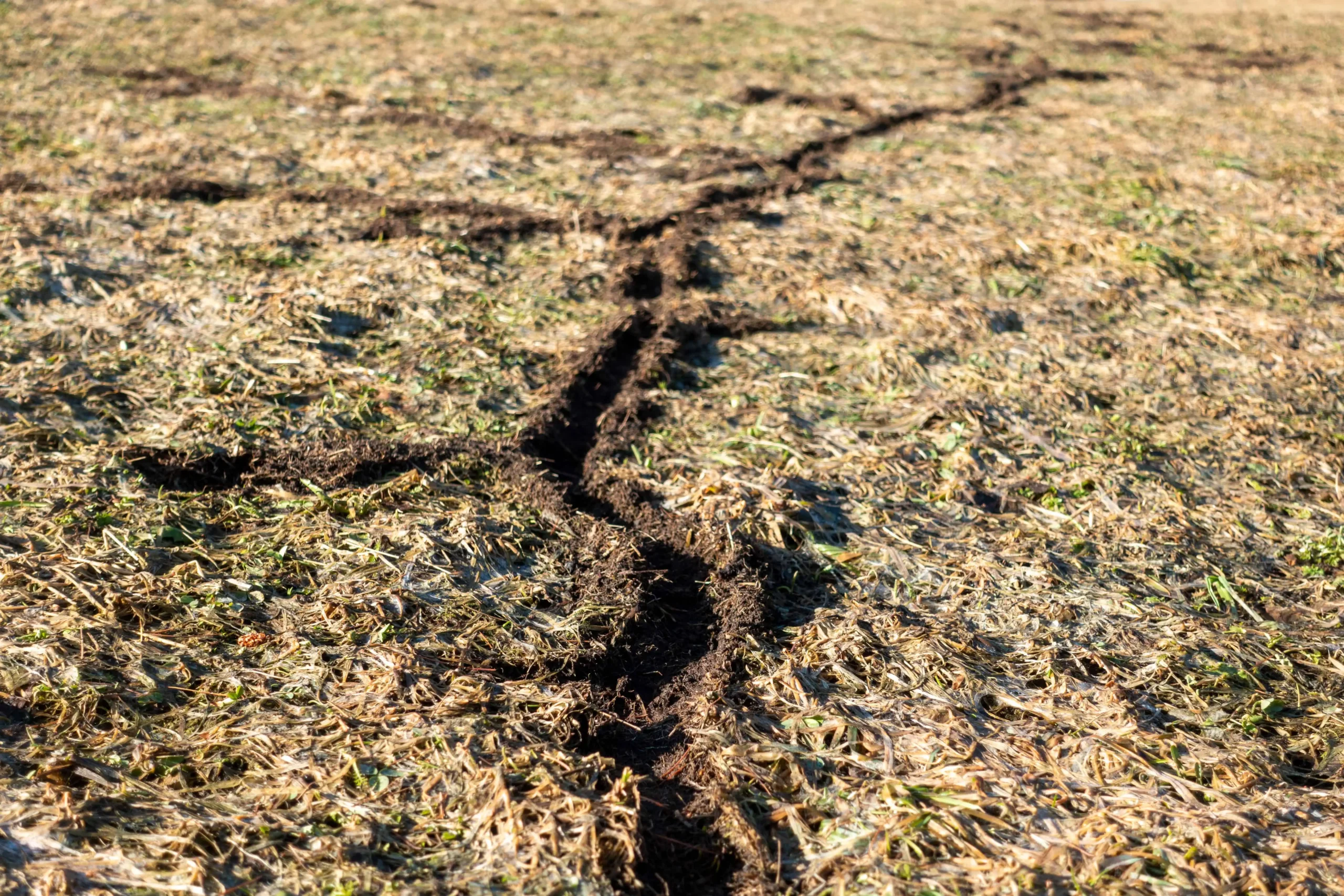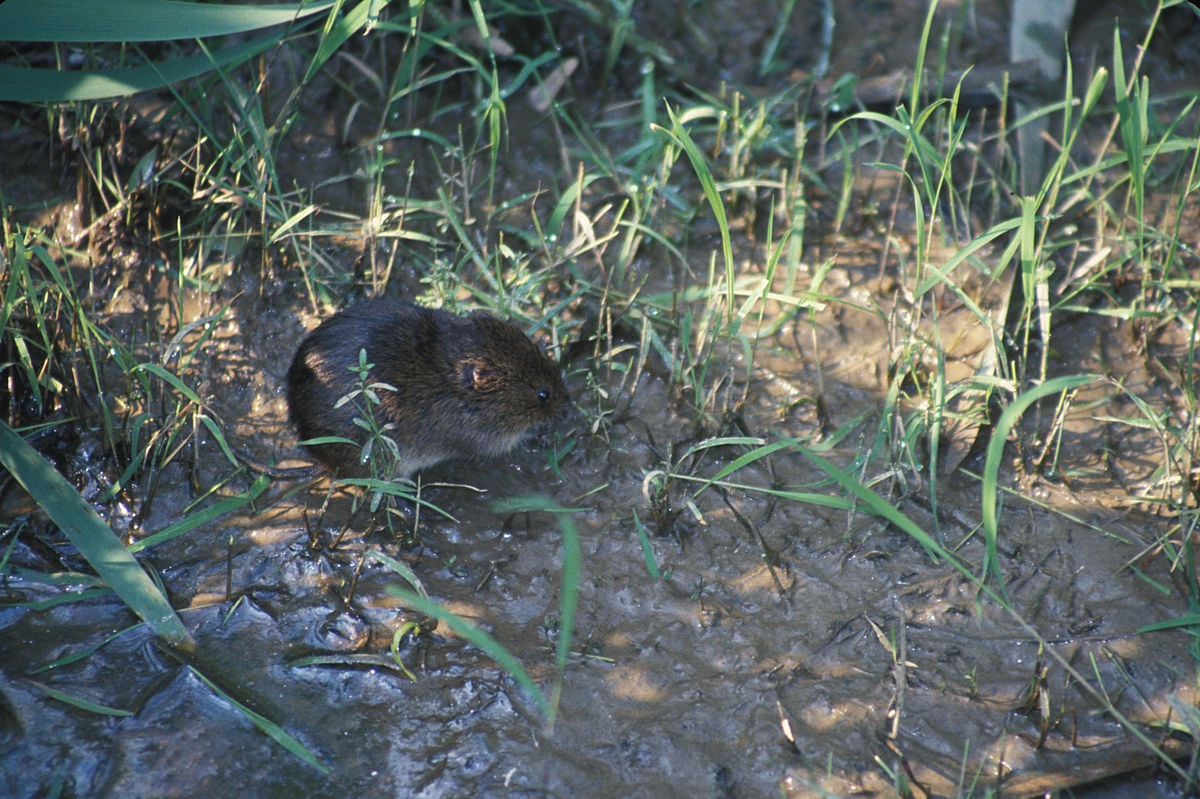Comprehensive Overview to Effective Vole Pest Control: Infestation Recognition and Therapy Methods
In the realm of efficient pest control, vole infestations position a special difficulty that requires a calculated strategy. These little rats, commonly mistaken for mice, can ruin gardens, lawns, and plants if left unchecked. Recognizing the indications of vole visibility and implementing targeted therapy methods are important elements of an effective parasite management plan. By checking out the subtleties of vole actions, comprehending vital indicators of infestation, and evaluating a variety of control alternatives, one can create a comprehensive approach to battle these evasive pests.
Comprehending Vole Behavior
Vole behavior is identified by their delving habits and quick recreation prices, making them a challenging bug to control effectively. These tiny rodents commonly create detailed tunnel systems underground, utilizing them for sanctuary, food storage, and transportation. Voles are herbivores, eating a selection of plants, roots, lawns, and light bulbs, which can create substantial damage to yards, orchards, and lawns. Their rapid reproductive price further makes complex control initiatives, with ladies with the ability of generating several clutters in a single year, each including several offspring.
Voles are most energetic throughout the early morning and night hours, investing the bulk of their time foraging for food. Their delving practices not just interrupt yards and lawns however also make them testing to identify and get rid of. Comprehending vole behavior is essential for effective pest control methods. By recognizing their burrow areas, checking feeding areas, and executing targeted control methods, such as trapping or environment adjustment, vole infestations can be handled efficiently.
Signs of Vole Problem

Avoidance Strategies
Carrying out effective avoidance strategies is critical in decreasing vole infestations and guarding greenery from their destructive feeding routines. To prevent vole problems, it is vital to start by eliminating possible food resources and shelter.
Frequently inspecting the residential property for signs of vole task, such as runways and delve openings, is important for early detection and punctual action. If vole activity is presumed, think about using repellents or traps strategically put near their pathways.
Non-Lethal Control Approaches
To properly manage vole populaces while focusing on humane techniques, non-lethal control methods offer functional solutions for minimizing vole damage in landscapes and gardens. These barriers can be hidden at least 12 inches deep and curved at a 90-degree angle to prevent voles from tunneling underneath.

Lethal Control Options
One efficient method for dealing with vole problems in yards and landscapes includes the calculated use of deadly control alternatives. When confronted with a severe vole problem that non-lethal methods have actually fallen short to contain, implementing deadly control actions becomes essential. One commonly utilized lethal control alternative is using snap catches. These catches are created to quickly and humanely eliminate voles upon activation, making them a prominent option for numerous garden enthusiasts and landscapers. To boost the effectiveness of snap traps, it is recommended to put them in locations where vole task is high, such as along runways or near burrow entries. One more lethal control option is the use of harmful baits particularly created to target voles. These baits include poison that is consumed by the voles, bring about their eventual demise. Caution must be exercised when using poisonous lures to stop damage to non-target pets or animals. On the whole, when using deadly control options, it is vital to do so sensibly and in accordance with regional guidelines to efficiently handle vole problems.
Conclusion
To conclude, reliable vole parasite control requires a comprehensive understanding of vole actions, identification of indicators of infestation, implementation of avoidance techniques, and application of both non-lethal and lethal control techniques. By combining these techniques, individuals can properly manage vole populations and protect their residential property from damage. It is he has a good point necessary to address vole infestations without delay to stop more issues and reduce the effect on the surrounding atmosphere.
Offered the intricate passage systems and rapid reproduction prices particular of voles, recognizing the signs of vole invasion ends up being essential in effective insect control. One of the primary indicators of vole visibility is the presence of surface area paths or tracks in yard or snow, commonly about 1-2 inches vole pest control vast, developed as voles take a trip between their burrows and food sources.To properly take care of vole populaces while prioritizing gentle approaches, non-lethal control techniques supply functional options for reducing vole damages in landscapes and gardens.One efficient technique for dealing with vole invasions in landscapes and yards entails the strategic use of deadly control choices. vole lawn damage.In conclusion, reliable vole parasite control calls for a detailed understanding of vole behavior, identification of indications of infestation, execution of prevention methods, and utilization of both non-lethal and deadly control approaches